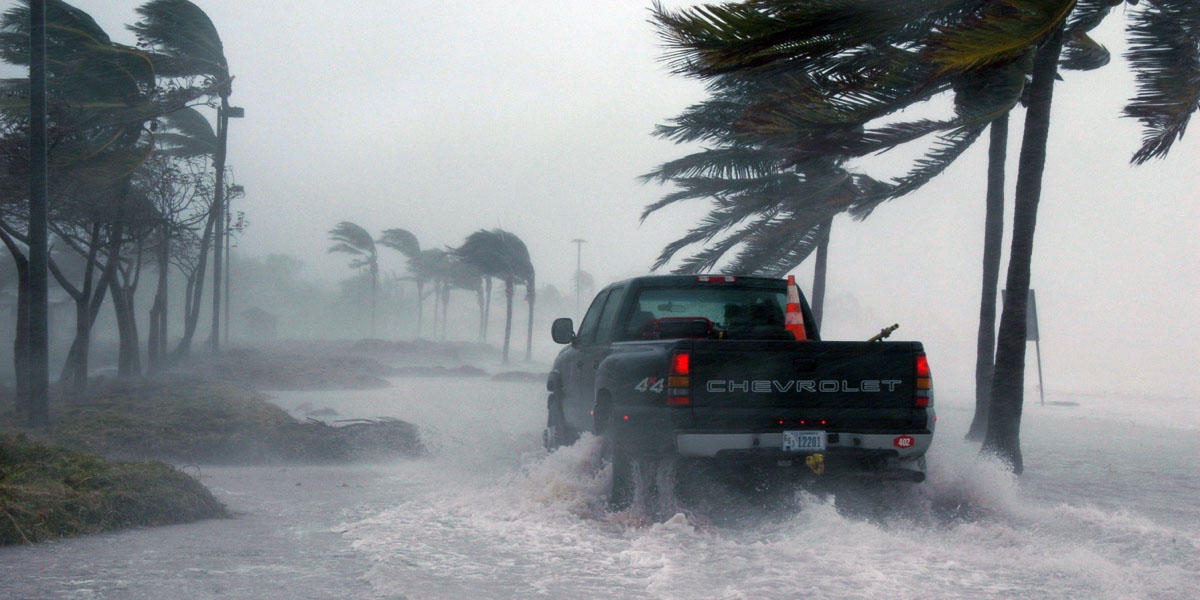Between hurricanes Harvey and Irma, a large portion of the American South has experienced devastation. Harvey alone caused around $180 billion in damage. These are two of the costliest storms in history, and the fallout is being felt in a number of ways. If there’s any semblance of a silver lining within the tragedy and destruction, it’s that we’ve learned more about America’s willingness to help one another, and its determination to persevere. We’ve also learned valuable lessons about what works and what doesn’t, making us better prepared to plan for future disasters of a similar ilk.
Stocking Supplies Where They’re Needed
The Wall Street Journal reports that home improvement stores like Lowe’s and Home Depot are rushing to stock store locations in areas affected by hurricanes. It makes sense from a business perspective, but it will also provide people with things they need. People are going to need to do a lot of rebuilding in the coming months, so demand will almost certainly be higher than supply. Retailers are pre-stocking trucks, and sending everything they can towards affected areas now that transportation lanes are starting to reopen. For those wondering, both Lowe’s and Home Depot have price-freeze policies, refusing to gouge prices in the wake of the hurricanes.
Seaports are Near Reopening
Roads are starting to clear up again, but there is still a lot of damage and other variables to consider. Seaports are a crucial piece in the puzzle of getting supplies and aid to Houston and Florida. It has a cascading effect, too. Petroleum carrying vessels have been unable to reach Tampa, causing local fuel shortages, causing the price of fuel to rise. Experts say it could be several days before fuel normalizes in Florida. Getting those ports open and operating again should help to alleviate those issues. The ports will also have some catching up to do, as the storm delayed a reported 10,000 20-foot shipping containers from being delivered.
City Planning Being Rethought
Throughout this unfortunate series of events, we’ve had an opportunity to learn a few things. Houston is now more aware of the areas of their rapidly growing city that hurricanes hurt the most. The city has already begun planning around these areas. City planning, disaster response, and policy changes are all being considered to lessen the impact the next time something like this happens. This city planning should also improve local transportation, even in times where everything is functioning normally.
The Direct Logistics Impact of Hurricane Irma and Hurricane Harvey
Weather is an unavoidable impedance on the efficiency of the transportation and logistics industry. The annual cost of weather related disruption for U.S. Transportation is around $9 billion, and 32.5 billion vehicle hours are lost each year due to weather-related congestion. Of course natural disasters like hurricanes wreak a lot of havoc in a short amount of time, but something as simple as a common storm can cost supply chains.
That’s why automation and visibility are crucial. Using automation and visibility technology, we can predict the impact of storms like Harvey and Irma, and ultimately soften the blow to our transportation networks. Shippers can turn container tracking and geolocation data into actionable visibility insights, and use those insights to make informed decisions about their inventory, and we can optimize transportation routes so that people get the things they need as soon as possible.



